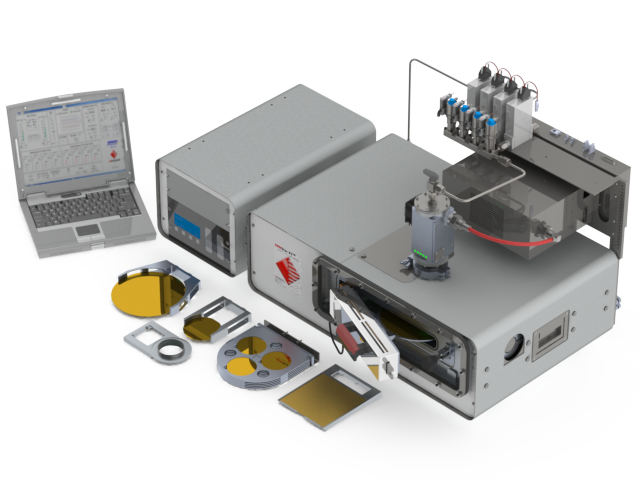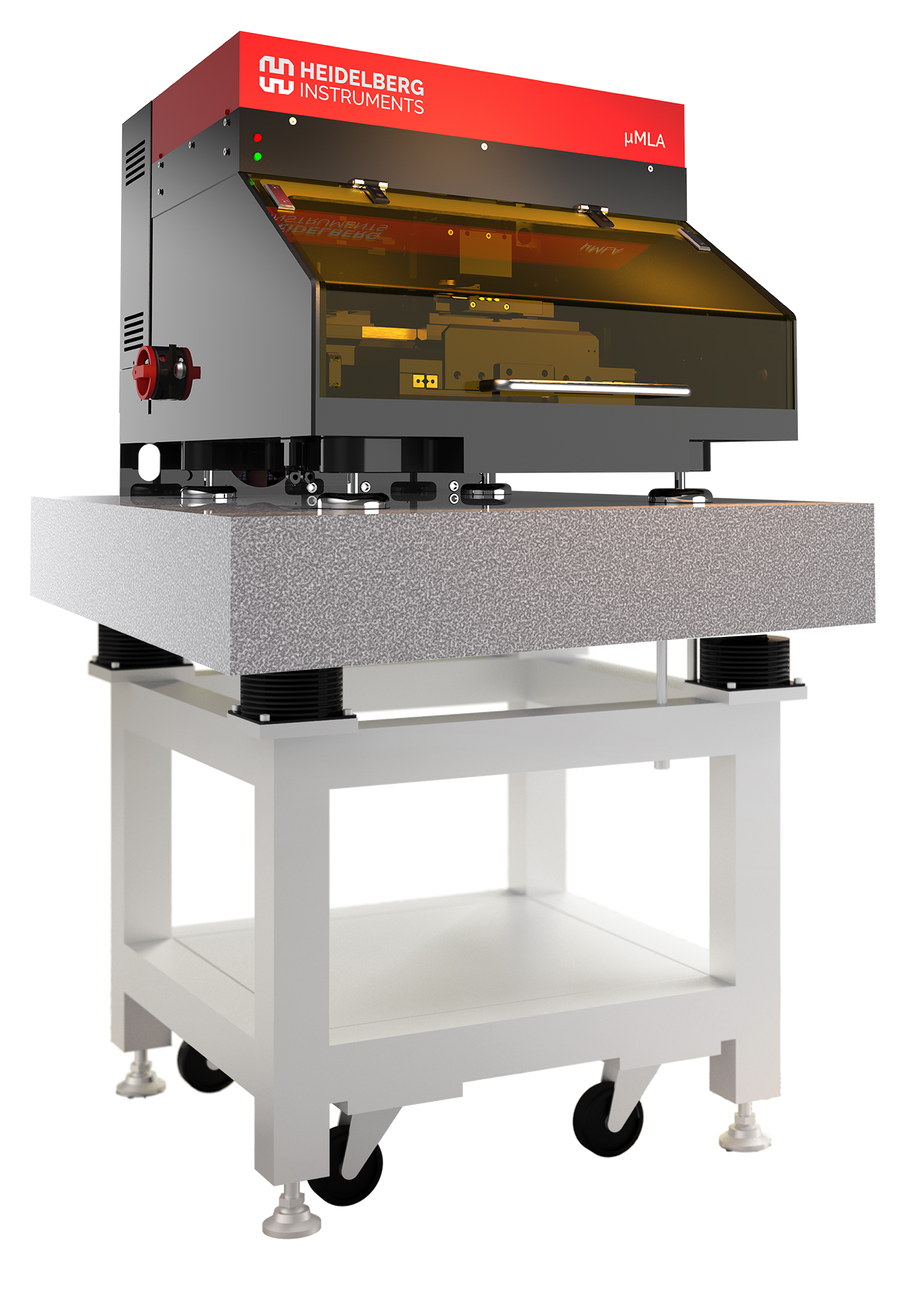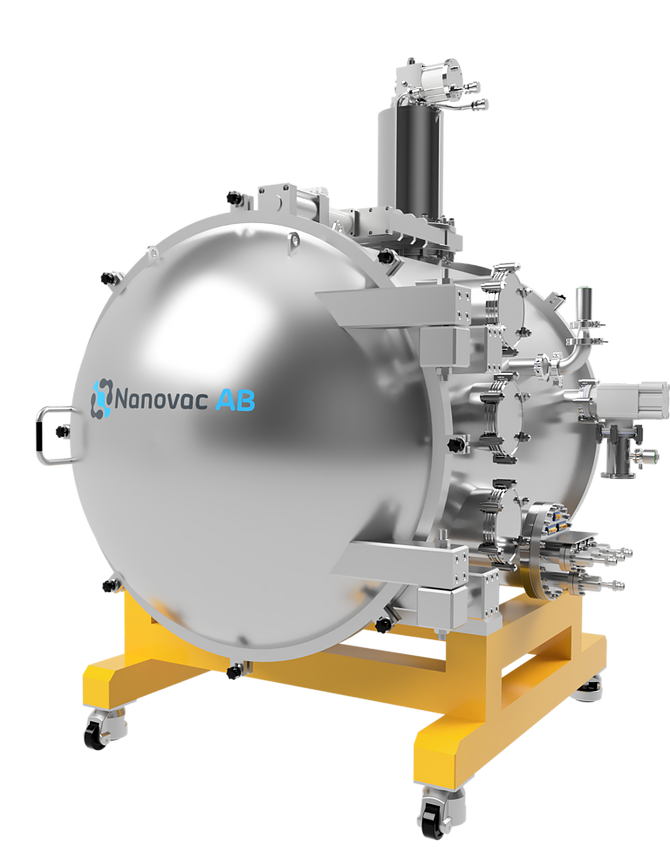Piezobrush® PZ3 has been designed as a compact plasma handheld device for use in laboratories, predevelopment and assembly of small series. With a maximum power consumption of 18 W, the Piezoelectric Direct Discharge (PDD®) technology is used to generate cold active plasma at a temperature of less than 50°C. The heart of this portable plasma device is the TDK piezo plasma generator CeraPlas™ – a high-voltage discharge device for generating cold atmospheric-pressure plasma. Plasma is used to increase the surface energy of many materials with high efficiency, as well as to reduce germs and odors.
Field of Application
- Joining technology
- Development and optimization of production processes
- Research facilities and laboratories
- Microbiology, microfluidics and food technology
- Medical and dental technology
- Prototype and architectural model making
- Small-scale production
Possible applications
- Activation and functionalization of surfaces of various materials
- Improvement of wettability
- Optimization of bonding, painting, printing and coating processes
- Surface treatment of plastics, glass, ceramics, metals, semiconductors, natural fibres and composite materials
- Ultra-fine cleaning and odour reduction
Technical Specifications
- Electrical connection: 110-240 V / 50-60 Hz
- Power consumption: max. 18 W
- Weight: 110 g
- Design: Handheld unit with plug-in power supply, integrated fan
- Sound pressure level: 45 dB
- Plasma temperature: < 50 °C
- Treatment speed: 5 cm²/s
- Typical treatment distance: 2 – 10 mm
- Typical treatment width: 5 – 29 mm
Different surfaces have to be activated with the appropriate accessories to achieve an ideal result. Currently two different modules are available for the piezobrush® PZ3 plasma handheld device. The PDD technology used to generate the cold plasma in piezobrush® PZ3 is based on the discharge of high electric fields. Therefore, the electrical conductivity of the component to be treated is of decisive importance when choosing the modules.
Module Standard
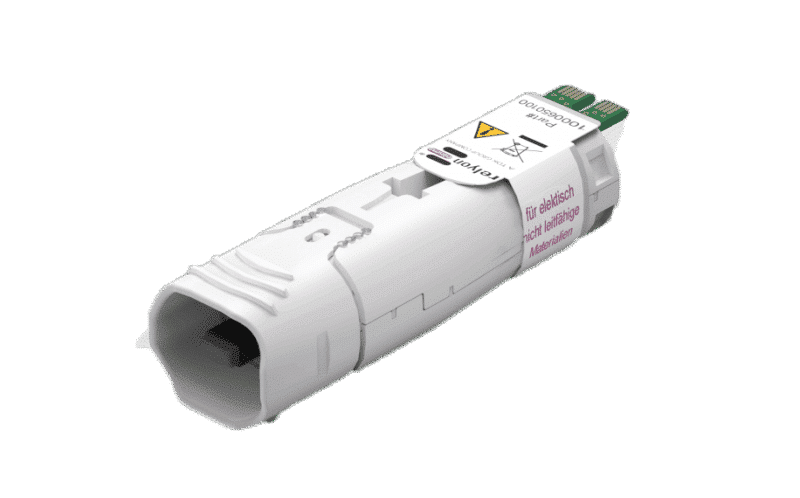
This module is designed for the surface treatment of non-conductive substrates such as plastics, ceramics or glass. For effective treatment, a module-to-substrate distance of 1 to 5 mm is recommended. If uncontrolled arcing occurs on the substrate during use, the device switches off automatically. In this case the surface is at least partially conductive and should therefore be treated with the module Nearfield.
Module Nearfield
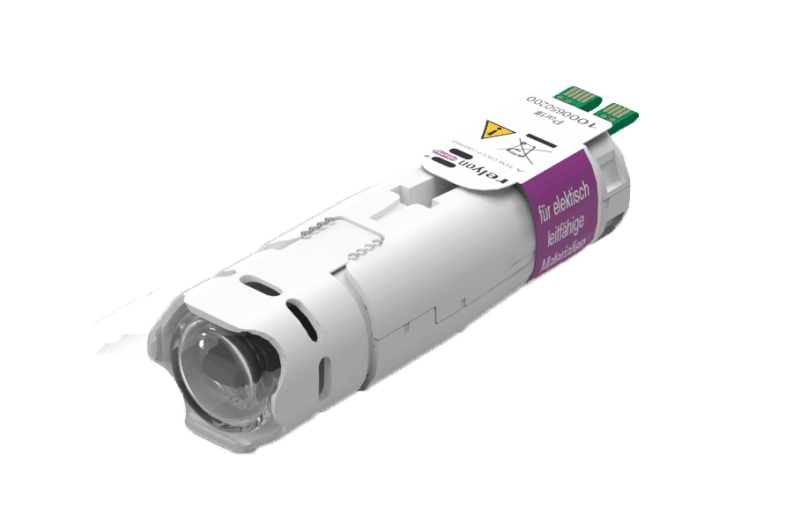
This module is used to treat (partially) electrically conductive materials such as metals, CFRP, indium tin oxide or conductive plastics. However, this module may also be necessary for the ideal treatment of materials with conductive coatings or assemblies with conductive components. With this module, the plasma only ignites when it is close enough to a conductive surface (this may also be hidden under a thin insulating layer). At a distance of a few millimeters, a violet glow is visible in the gap between module and substrate indicating that the treatment is being performed.
Optional Modules
Module Needle Module Nearfield Needle Module Multigas
This item is available in the stock and also available for rental
Contact us at sales@nanovactech.com for pricing and further information


